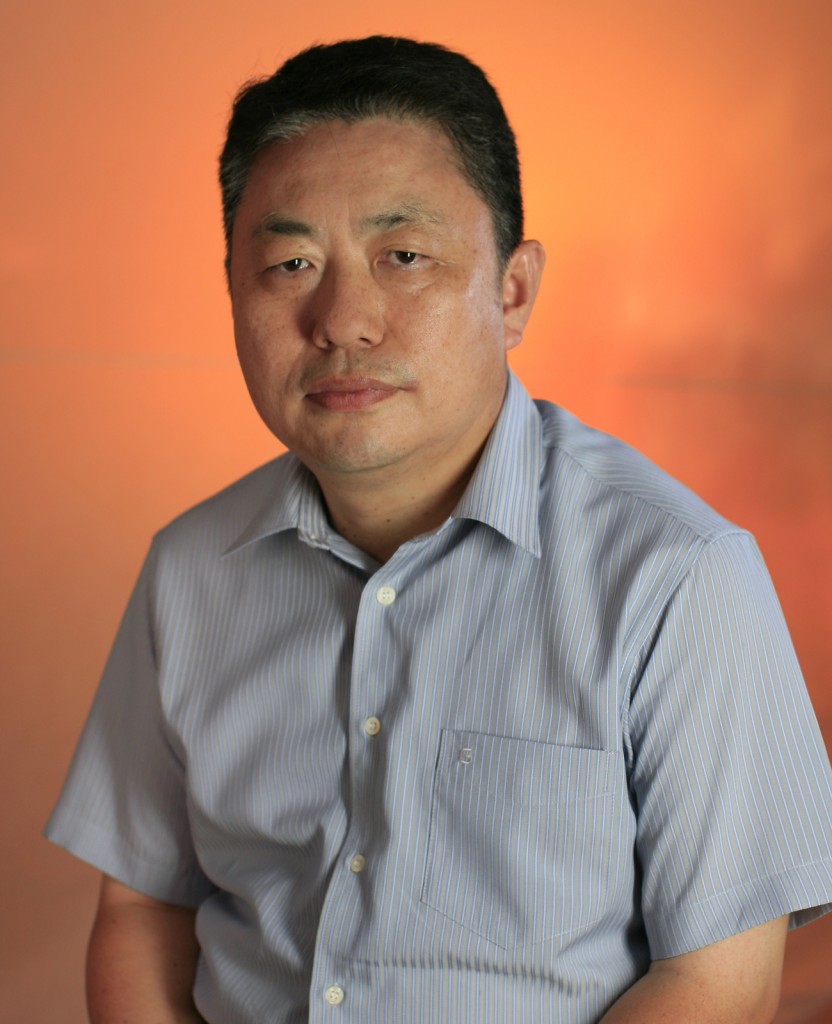ITER NEWSLINE
76
Concerted effort
Yong-Hwan Kim, Deputy Director-General for CEP Deptartment

Yong-Hwan Kim, ITER Deputy Director-General
All the necessary preparatory work is progressing well. The conceptual design review meetings are scheduled for the middle of this year in cooperation with the involved Domestic Agencies. Process flow diagrams for the tokamak cooling water system (TCWS), component cooling water system, chilled water system and the heat rejection system are already completed and have been submitted for review and comment.
During the recent coordination meeting of the ITER Organization and the Domestic Agencies, the Power Supply Integrated Product Team (IPT) reported on its work plan and milestones that are key to preparing the Procurement Arrangement for the engineering design and the installation of the steady state electrical power network (SSEN) and the pulsed power electrical network (PPEN). Also, the core organizational structure and work scope for two new product teams for cryogenics and fuel cycle engineering were approved. We all share the understanding that IPTs are a very useful tool for streamlining the work processes necessary for launching successful Procurement Arrangements.
From 29 March to 1 April, we held a vacuum leak localization brainstorming workshop to identify techniques that could be used to solve ITER leak localization issues (also see article in this issue). Following analysis of the various options discussed, the ITER Organization will launch R&D tasks for the development of leak localization techniques later this year.
Work is also progressing on the conceptual design for the ITER cryogenic system. Later this month, from 21 to 22 April, the heat loads review will take place here in Cadarache. Experts from CERN and the involved Domestic Agencies will review the heat loads and requirements prior to finalizing the conceptual design of the cryogenic system.
The optimization of Hot Cell facility will be reported to the Science and Technology Advisory Committee (STAC) that is due to meet next month, and building requirements will be submitted by September. Towards this objective, a Hot Cell facility design review workshop was held recently in order to review design options, functional requirements and cost issues.
In March, another important step forward was made on the subject of AC/DC power converters. An independent group from industry and science reviewed the 2001 baseline design of these converters that will have to be high-performing on the one hand and reliable on the other. The group provided some recommendations for design changes that will now be analyzed with regard to their cost implications. This work will be carried out with support from industry.
The CEP Department will continue to make all necessary arrangements to finalize the baseline utilizing resources available within the ITER Organization and the Domestic Agencies.
return to Newsline #76


